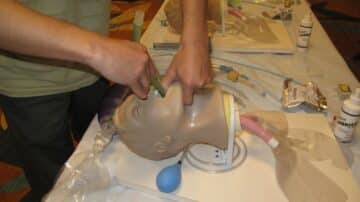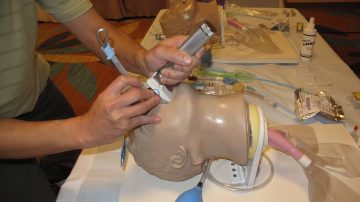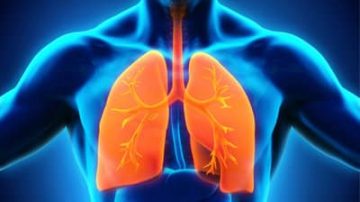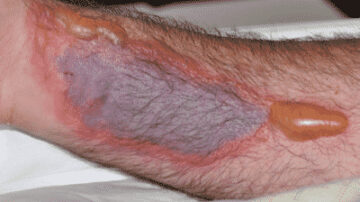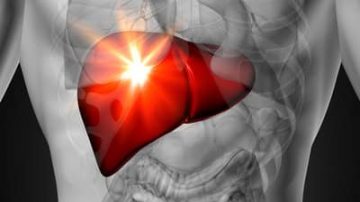Laryngeal airway masks are an invaluable tool in effective airway management, especially in emergency situations. They are particularly helpful during “can’t intubate, can’t ventilate” scenarios as they are easy to insert for airway rescues. They can be blindly placed and…
Read MoreDuring life-threatening situations, the airway of a patient may be severely compromised. The condition requires critical and timely intervention by establishing a front-of-neck access (FONA) emergency airway, otherwise known as emergency cricothyrotomy or cricothyroidotomy. Cricothyroidotomy is performed as a final…
Read MorePleural effusions occur when excessive fluid such as blood or pus accumulates between the visceral pleura and parietal pleura of the pleural cavity. Evaluating patients for pleural effusions involves certain challenges. However, prompt diagnosis and treatment are essential to reduce…
Read MoreThe number of bacterial meningitis cases is over 1.2 million each year while 1 in 10 people who have it may die from the infection despite receiving treatment. Bacterial meningitis is an extremely serious and life-threatening condition requiring prompt diagnosis.…
Read MoreIn the first part of this article, we covered that ascites occur when excessive fluid accumulates in the peritoneal cavity. Such occurrences must be treated with diuretics, paracentesis, and possibly TIPPS procedure. We also mentioned how refractory ascites occurs when…
Read MoreAscites is the accumulation of free fluid in the peritoneal cavity and can occur as a complication of a scarred liver, otherwise known as cirrhosis. While ascites is treated according to its underlying root cause, refractory ascites poses a bigger…
Read MorePoint-of-care ultrasound (POCUS) is a revolutionary diagnostic method that helps enhance physical examination at the point of care, that is, the patient’s bedside. Clinicians can use this tool to quickly diagnose medical conditions and guide treatment or bedside procedures, including…
Read MoreAwake fiberoptic intubation can be an effective solution in securing a patient’s airway due to difficult airway and in cases where conventional intubation is not an option. A difficult airway refers to a clinical situation whereby a healthcare provider faces…
Read MoreWhat is conscious sedation? Conscious sedation, also known as procedural sedation, is a common practice in emergency departments for patients undergoing painful or anxiety-provoking procedures. It is intended as a less invasive method. Generally, those who undergo this type of…
Read MoreTOP TEN AIRWAY MANAGEMENT PEARLS TO OPTIMIZE YOUR CHANCES OF SECURING AN AIRWAY Develop a difficult airway management plan Huddle with your nurse and respiratory therapist in advance to alert everybody what plan A/B/C/D are for the patient If plan…
Read MoreMore Articles – Arterial line, Chest Tube, Featured, Gastrointestinal diseases, Hospital Procedures, Paracentesis, Thoracentesis
This blog aims to summarize the data available on how to safely perform invasive hospital procedures in patients with cirrhosis. Unfortunately, no prospective randomized controlled trials have been conducted to inform the practice of procedural medicine in cirrhotic patients. Therefore,…
Read MoreMore Articles – Featured, Hospital Procedures, Medical General, medical procedures, Respiratory diseases
Informed consent can be challenging during “normal” times, but it has become increasingly complicated during the COVID-19 pandemic. The informed consent process ensures that a patient or their surrogate decision-maker understands the benefits, potential risks and any alternatives of a…
Read MorePeripheral vasopressor infusions are generally safe at low-moderate doses and for short durations, but you must watch the patient carefully for extravasation that can cause serious tissue injury. Traditionally, central lines were placed for administration of vasopressor infusions at any rate. We…
Read MoreThis blog will offer some expert recommendations to help guide the safety of hospital procedures at different platelet and coagulation profiles. Unfortunately, there are no strong evidence-based guidelines for hospital procedures dedicated to the study of patients with decompensated cirrhosis.…
Read MorePatients diagnosed with cirrhosis are regularly admitted and readmitted to the hospital. Statistics show that the 90-day readmission rate is approximately 50%. A recent study analyzed the rate of readmission at 30-days and 90-days and the relevant causes among patients…
Read MoreCategories
- ACLS (1)
- Arterial line (33)
- Cardiovascular diseases (77)
- Central line (55)
- Chest Tube (39)
- Dermatology (4)
- Emergency Procedures (139)
- Endocrinology (6)
- Endotracheal Intubation (36)
- Events (24)
- FAST Exam (12)
- Featured (113)
- Featured Procedure (42)
- Gastrointestinal diseases (32)
- Ginecology (3)
- Glidescope Intubation (21)
- Hematology (33)
- Hospital Procedures (85)
- Infections (32)
- Intraosseous line (8)
- King Tube (27)
- Laryngeal Mask Airway (18)
- Lumbar Puncture (36)
- Mechanical Ventilation (34)
- Medical General (95)
- medical procedures (258)
- Needle Decompression (6)
- Nephrology (11)
- Neurological diseases (12)
- Oncology (4)
- Paracentesis (32)
- Pericardiocentesis (3)
- Procedural Sedation (19)
- Respiratory diseases (85)
- RUSH Exam (8)
- Thoracentesis (37)
- Traumatology (24)
- Travel (27)
- Ultrasound-Guided Peripheral IV (13)

